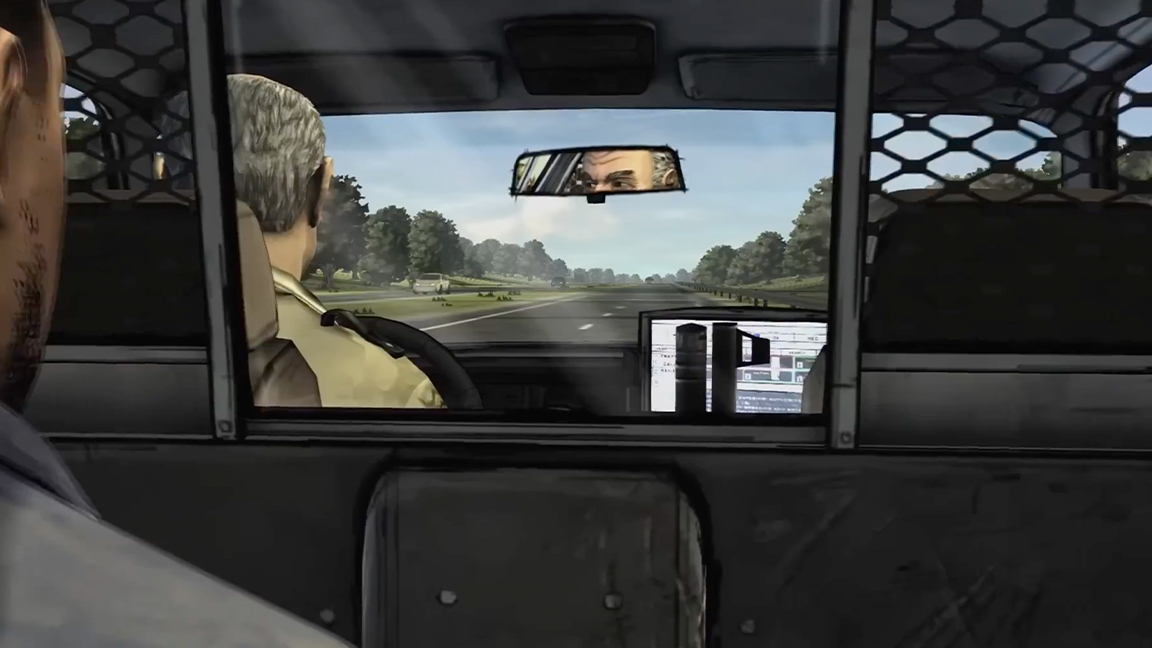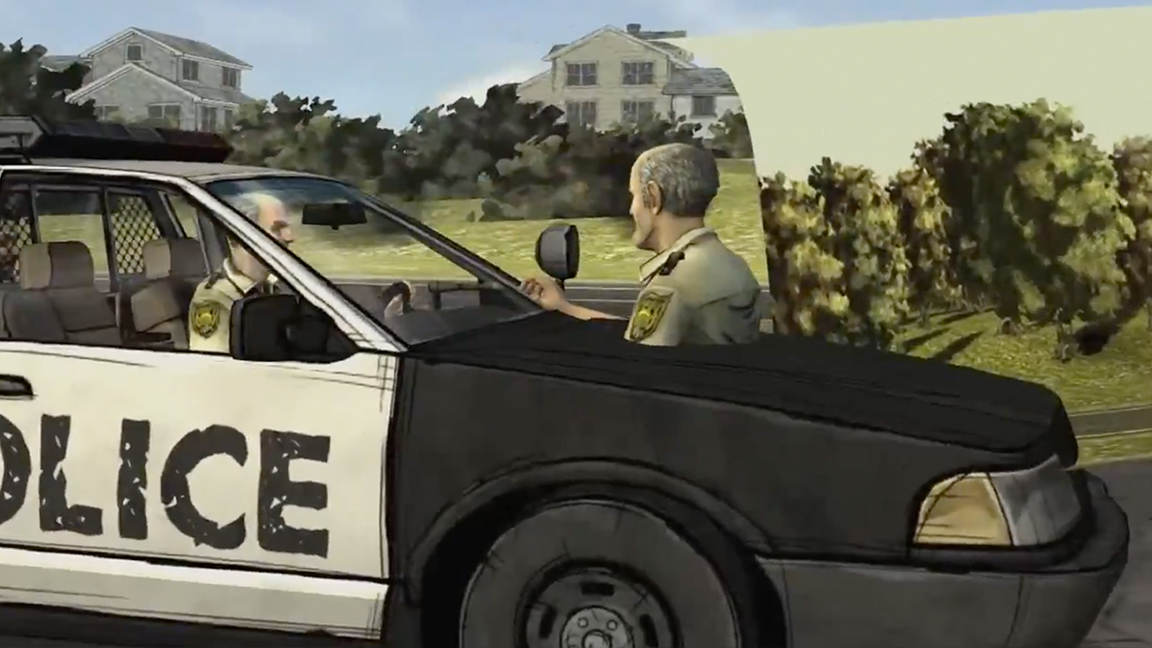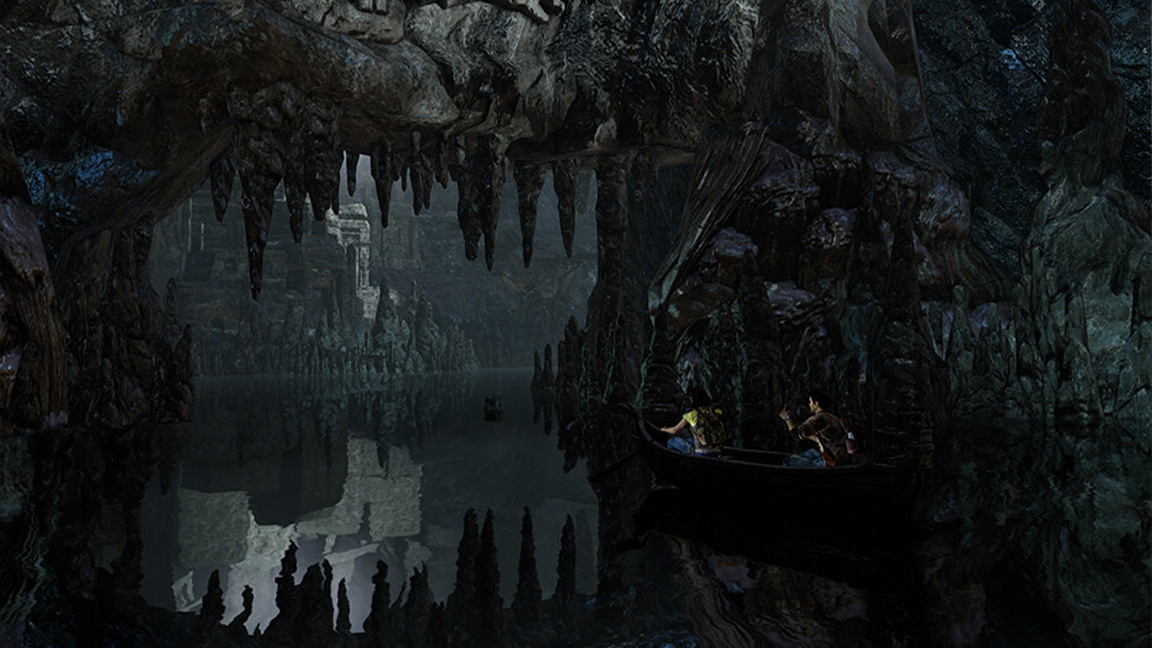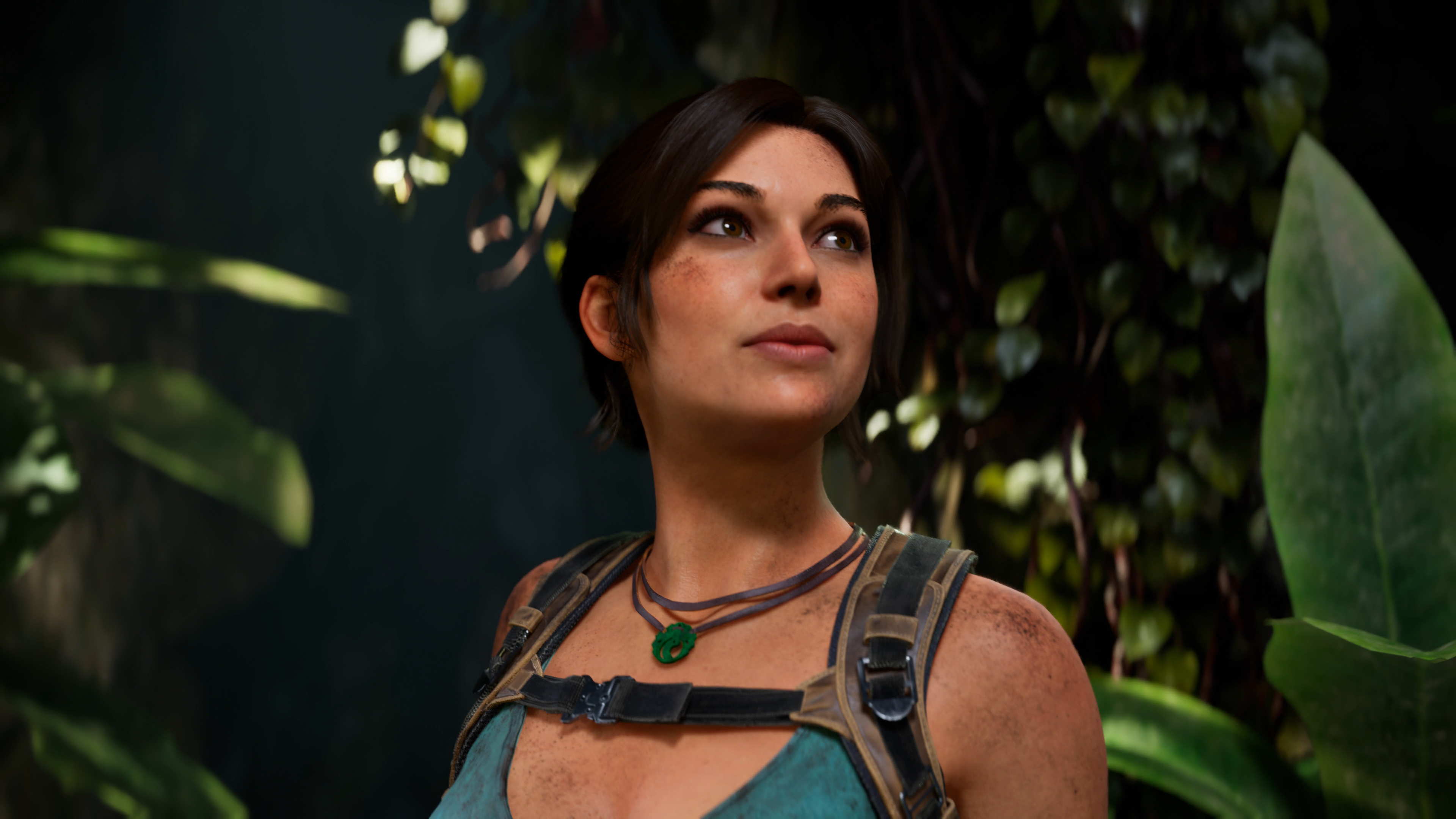How an iconic game faked a mirror and fooled me completely
Mirrors in games are notoriously tricky to get right, especially on tight budgets or limited hardware. But game devs are nothing if not resourceful. A recently resurfaced clip from Derek Forte (Shesez/Boundary Break on X) has pulled back the curtain on how developers created eerily convincing mirror effects in The Walking Dead.
Rather than using complex real-time reflections, which can be taxing on performance, even when using the latest and best game development software, the team at Telltale Games cheated brilliantly.
The Walking Dead pulls a simple but effective trick. In one episode, a character looks into a mirror during a cutscene. But, there’s no reflective tech at play. Instead, the 'mirror' is a cleverly framed window into a duplicate scene, complete with a flipped version of the room and a second version of the character mimicking every move. It’s stagecraft worthy of Hollywood.


The Walking Dead game was wild for this one. pic.twitter.com/22wgsrfPEYJuly 26, 2025
In Uncharted: Golden Abyss, there’s a simple stunt pulled on the player to create a convincing reflection. In a moment where Nathan Drake stares into a tranquil lake, it looks like a perfect reflection. But peel back the camera, as revealed by Justin Kimball on X, who worked on the game, and you’ll discover the lake isn’t a reflective surface at all. Instead, there’s a fully rendered duplicate of Drake placed upside-down beneath the lake’s surface, perfectly timed to match his animation.
While these tricks may sound simple on paper, the execution is anything but. Animating a mirrored clone or syncing up a full environment in reverse requires precision, especially when cutscene timing is critical. But it works. And more importantly, it runs well on limited hardware.

Why go to all this effort? Because real-time reflections are notoriously GPU-hungry. Even now, ray tracing is a luxury on base consoles, unless you want to take a hit on frame rates. Back in the PS Vita era of Golden Abyss or Telltale’s early The Walking Dead titles on PlayStation 4, the hardware simply couldn’t handle it. So devs got creative. This trick was well known and used on older games, among many other creative hacks and workarounds.
These old-school solutions remind us that game development is part art, part illusion, and part performance. And honestly, I love dipping in and discovering how some of the best retro games and classics were made. If you find some more, let me know.
Daily design news, reviews, how-tos and more, as picked by the editors.
For more game dev insights, read our list of the best indie game devs to inspire and learn some retro game tricks from Crytek, developer of Crysis and Far Cry.

Ian Dean is Editor, Digital Arts & 3D at Creative Bloq, and the former editor of many leading magazines. These titles included ImagineFX, 3D World and video game titles Play and Official PlayStation Magazine. Ian launched Xbox magazine X360 and edited PlayStation World. For Creative Bloq, Ian combines his experiences to bring the latest news on digital art, VFX and video games and tech, and in his spare time he doodles in Procreate, ArtRage, and Rebelle while finding time to play Xbox and PS5.
You must confirm your public display name before commenting
Please logout and then login again, you will then be prompted to enter your display name.
